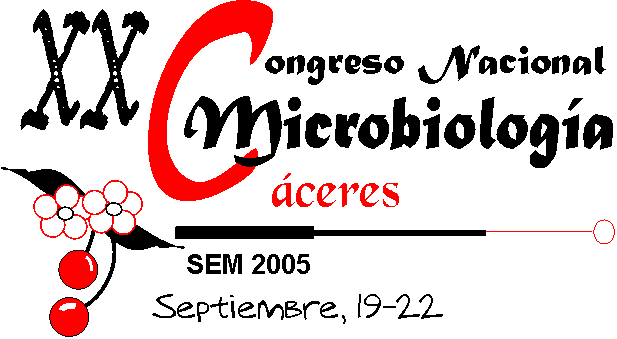
Mesa Redonda: Normalización de métodos microbiológicos: del cálculo de la incertidumbre a la validación de métodos

Mesa Redonda: Normalización de métodos microbiológicos: del cálculo de la incertidumbre a la validación de métodos
Six views on measurement uncertainty
Dr. Seppo Niemelä
What is measurement uncertainty (MU)? There are many unknown things about each result of measurement. Because the observations in microbiology are not traceable to a known true value, the trueness of the analytical result always remains at least somewhat uncertain. It is never certain that the nutrient medium, or batch of MF was 100% effective at the time of the analysis. Contamination is never overruled, and the effects of incubation conditions and the biological interactions on the plate can only roughly be guessed. There is no guarantee of equal interpretation by different operators. Systematic errors might occur, and it is never certain that another laboratory would have obtained the same results from the same analytical task, etc. The uncertainty of measurement (MU) is defined as: “parameter, associated with the result of a measurement, that characterises the dispersion of the values that could reasonably be attributed to the measurand (ISO, 1995). (‘Measurand’ means a defined physical quantity subject to measurement.) In the present context the measurand is the concentration of a given microorganism in a laboratory sample. The definition of MU is general and allows a relatively free play for imagination. Opinions regarding the content of MU vary greatly.